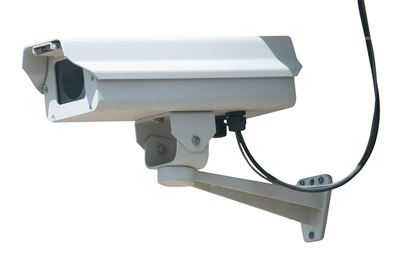 Our modern world has given us tools and equipment that make it easier and more convenient to literally keep an eye on everything at home, at work, and everywhere else.
Our modern world has given us tools and equipment that make it easier and more convenient to literally keep an eye on everything at home, at work, and everywhere else.
Security cameras have come a long way since the bad old days where they only produced grainy images, and you had to remember to switch out the video tape if you wanted to record!
These days, security cameras can produce clear images, some come equipped with infrared for night vision capabilities, and there are complex and high-tech options for swivel, pan and tilt cameras that can zoom you into impossible levels, even when you’re half a world away.
By far the most popular and convenient type of security cameras today, however, are high definition ethernet based systems, and here’s what you need to know.
What Are Ethernet Cameras?
Ethernet cameras are cameras that are designed to use a single power and communications / networking cable. This simplifies installation, and cuts the cost of cabling, while still offering all the bells and whistles and features you want from your security system.
The main benefit of this type of system is that it helps to ensure that your camera’s area always connected and that there’s no downtime on your security system.
Digital Monitoring and Recording
These days, all security cameras are designed to record in digital formats, unlike the old-fashioned systems that created analog images on video.
In addition to your high definition ethernet cameras, you will need some computer based hardware and software to capture and store the information collected. Many of these now come with the option to log in remotely from a computer or smart phone, and most will include some type of recording system, whether it’s a large hard disk drive or a DVR unit.
Upgrading Older Systems
If you’ve never had cameras before, then it’s best to opt for high definition ethernet cameras from day one. These are the most flexible and scalable options on the market today, and they will offer the most cost effective solution.
If you already have a camera system, however, that does not work with ethernet cabling, you may still be able to install ethernet splitters, that allow you to upgrade your wiring to an ethernet cable, without having to replace the camera units immediately.
Get Professional Advice
Whether you need a large, complex camera system for an industrial installation or a simpler one for your home, it’s best to speak to a technical professional who can provide you with the best option for your needs, budget, and application. There are a wide array of options out there, and you want to be sure you’re getting the right one for your job.
